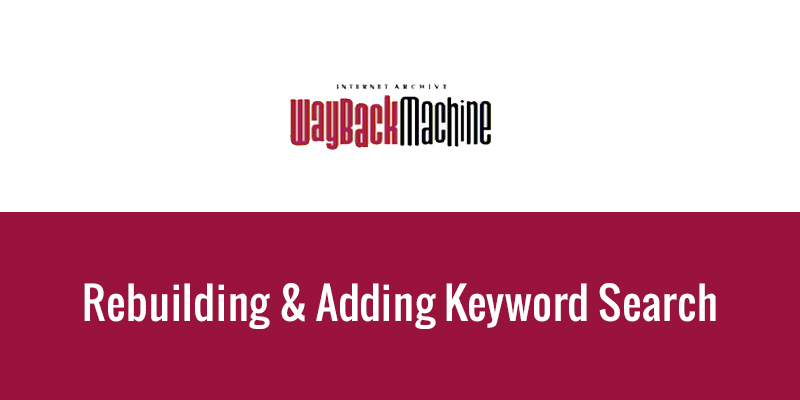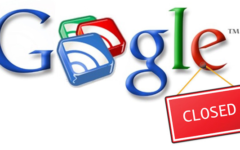
The Wayback Machine, launched on 24 January 1996, is a service that is used by millions of users to access all of the Web’s history. This ‘machine’ has been offering access to more than 439 billion Web pages, videos and images since the past 19 years.
Jill Lepore, who is a writer at ‘The New Yorker’ since the past ten years, said about the Wayback Machine, “There are others but, the Wayback Machine is so much bigger than all of them that it’s very nearly true that if it’s not in the Wayback Machine it doesn’t exist.”
With so much of abundant trust from millions of users over the Web, the Wayback Machine is now ready for an update to serve the users better. It plans to have more and better webpages that will be easier to find and expects to complete its update by 2017.
The Internet Archive has received generous support from the Laura and John Arnold Foundation (LJAF) to rebuild the code-base for the Wayback Machine. This will add a basic keyword search to the ‘machine’ so that the users don’t have to enter the URL of any site to find it. Rather, they will only need to enter keywords to find the relevant site.
Wendy Hanamura, Director of Partnerships at the Internet Archive confirmed the above statement by saying, “Part of the update includes rewriting the Wayback Machine code. This will enable us to improve reliability and functionality.” She added. “While indexing all of the pages in the Wayback Machine is beyond what we can do, we will index home pages of websites so that patrons won’t have to enter specific URLs to dive into the Wayback Machine.”
Kelli Rhee, Vice-President of Venture Development at LJAF said, “The Internet Archive is helping to preserve the world’s digital history in a transformational way. Taking the Wayback Machine to the next level will make the entire Web more reliable, transparent and accessible for everyone.”
The Wayback Machine will also optimize the quality of the pages it crawls and their depth of crawling too. At present, it captures around one billion pages every week but, with the new code-base, it expects to do more than that. It will continue to support the old formats of websites but, it will also improve on how it indexes the playback of media-rich and interactive websites.
What are the goals that the Wayback Machine wants to achieve?
- Updating the user interface to make it easier to find archived websites.
- Improving reliability and functionality by rewriting the code-base.
- Helping users to find websites by typing relevant keywords, rather than URLs.
- Optimizing the quality and depth of pages crawled, and to capture more than one billion pages every week.
- Improving the playback of media-rich and interactive websites while maintaining the old formats of webpages.
- Partnering with other services to repair broken links, and replacing them with links to the archived pages from the Wayback Machine.



